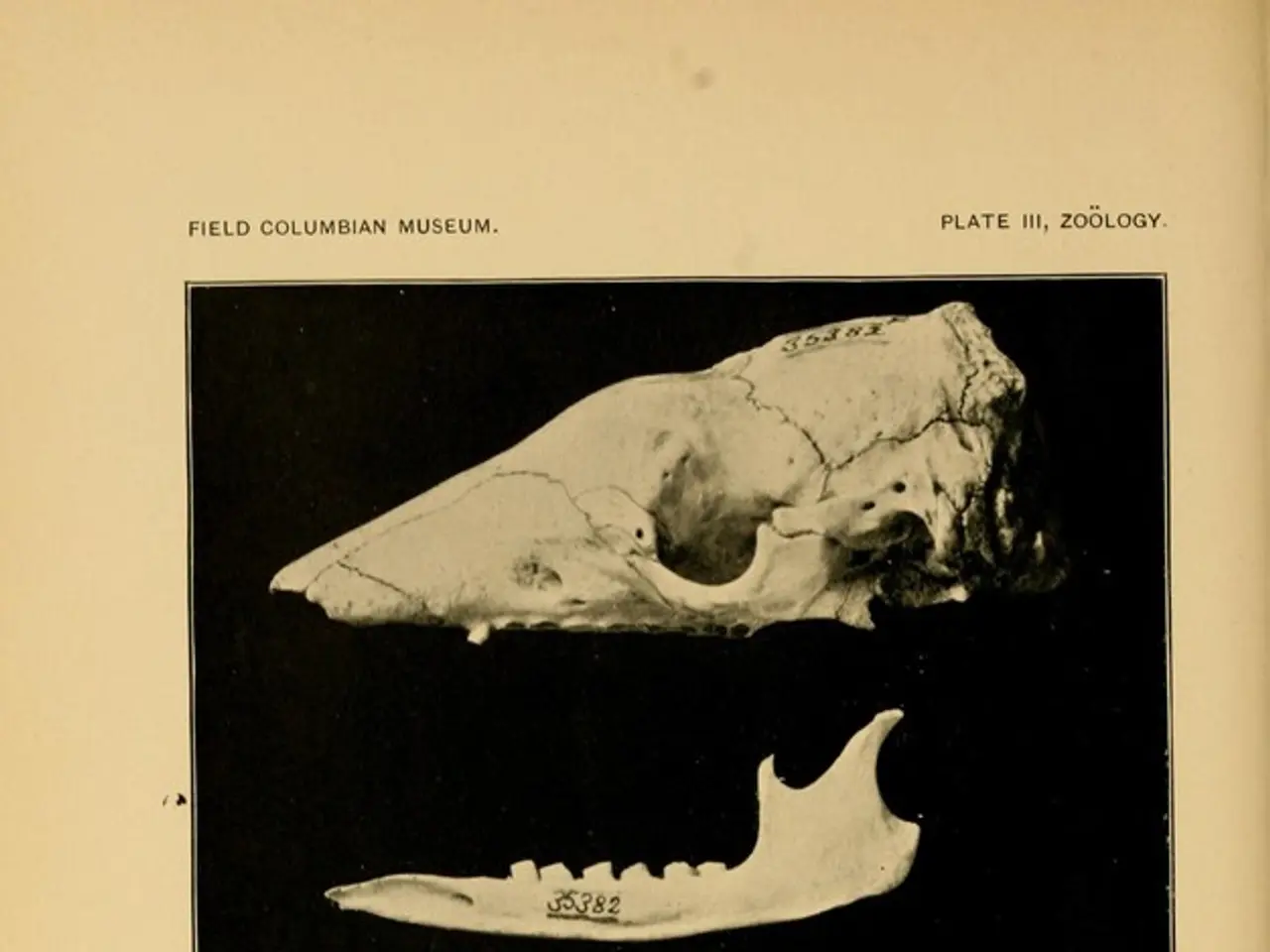Annulus of Zinn: The Crucial Hub of Eye Movement and Vision
The human eye's intricate movement within the orbit is facilitated by a complex network of muscles and nerves, all connected at a crucial point known as the Annulus of Zinn. This ring-like structure, also called the common tendinous ring or the annular tendon, is a vital junction for the extraocular muscles and nerves that enable our eyes to move freely.
At the heart of this system are the four rectus muscles: superior, medial, inferior, and lateral recti. These muscles originate at the Annulus of Zinn, with the superior rectus muscle attached to the superior tendon of Lockwood and the inferior rectus muscle to the inferior tendon of Zinn. The Annulus of Zinn is situated just below the superior oblique muscle, providing a robust anchor for these muscles.
In addition to these muscles, three crucial nerves pass through the Annulus of Zinn. The nasocilliary nerve, the abducens nerve, and the oculomotor nerve all extend through this structure, facilitating communication between the brain and the eye. Furthermore, the ophthalmic artery, which supplies vital blood to the eye, also traverses the Annulus of Zinn.
The Annulus of Zinn, therefore, plays a pivotal role in human vision. It serves as the origin point for the muscles that move the eye, the pathway for essential nerves, and the route for the ophthalmic artery. Any disruption to this structure can significantly impact eye movement and vision, underscoring its importance in our daily lives.




